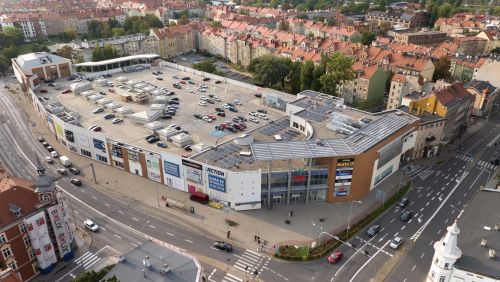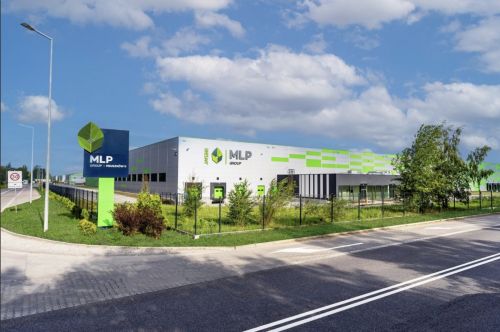– this would be the briefest way to summarize 2006. House prices rocketed by as much as 74 pct in Wrocław, the highest increase among large Polish cities. Prices also shot up in Kraków (70 pct), the TriCity (68 pct), Łódź (53 pct) and Warsaw (51 pct), with Poznań bringing up the rear with 29 pct – according to data provided by the Tabelaofert.pl. service. Warsaw is the place where you would need the most hard cash to buy a flat, where the average price this January stood at PLN 7,843 per sqm; Wrocław is not far behind, with the mean price at PLN 7,206 per sqm. Those are the average prices, but there are also plenty of examples to make the man-in-the-street’s hair stand on end. During its gala event at the Teatr Wielki in Warsaw, the Orco Property Group announced that apartments in the Złota 44 project will be sold at around EUR 7,000 per sqm. Having said that, this event to celebrate the flats going on sale was something of a marketing innovation in the hous






























































